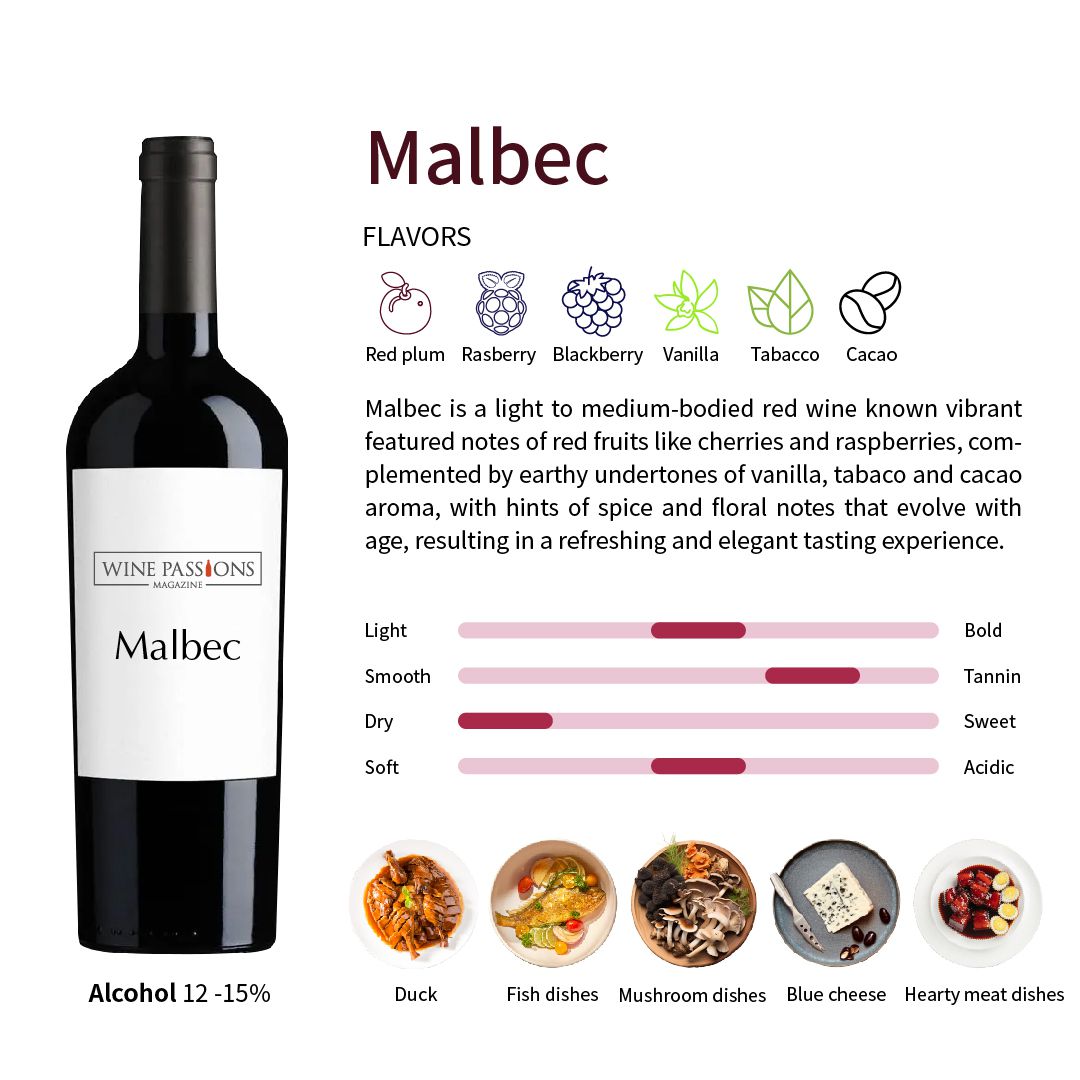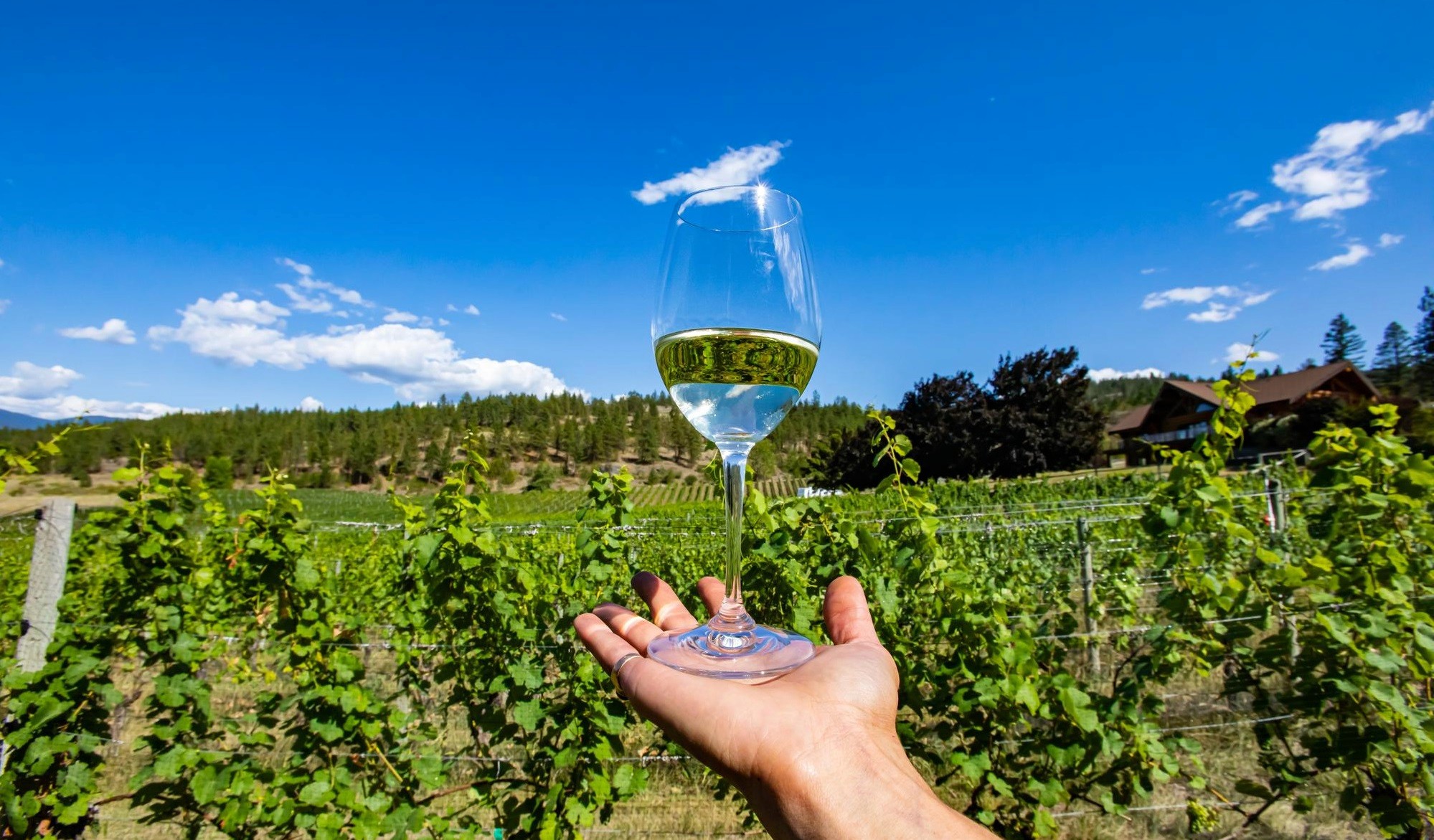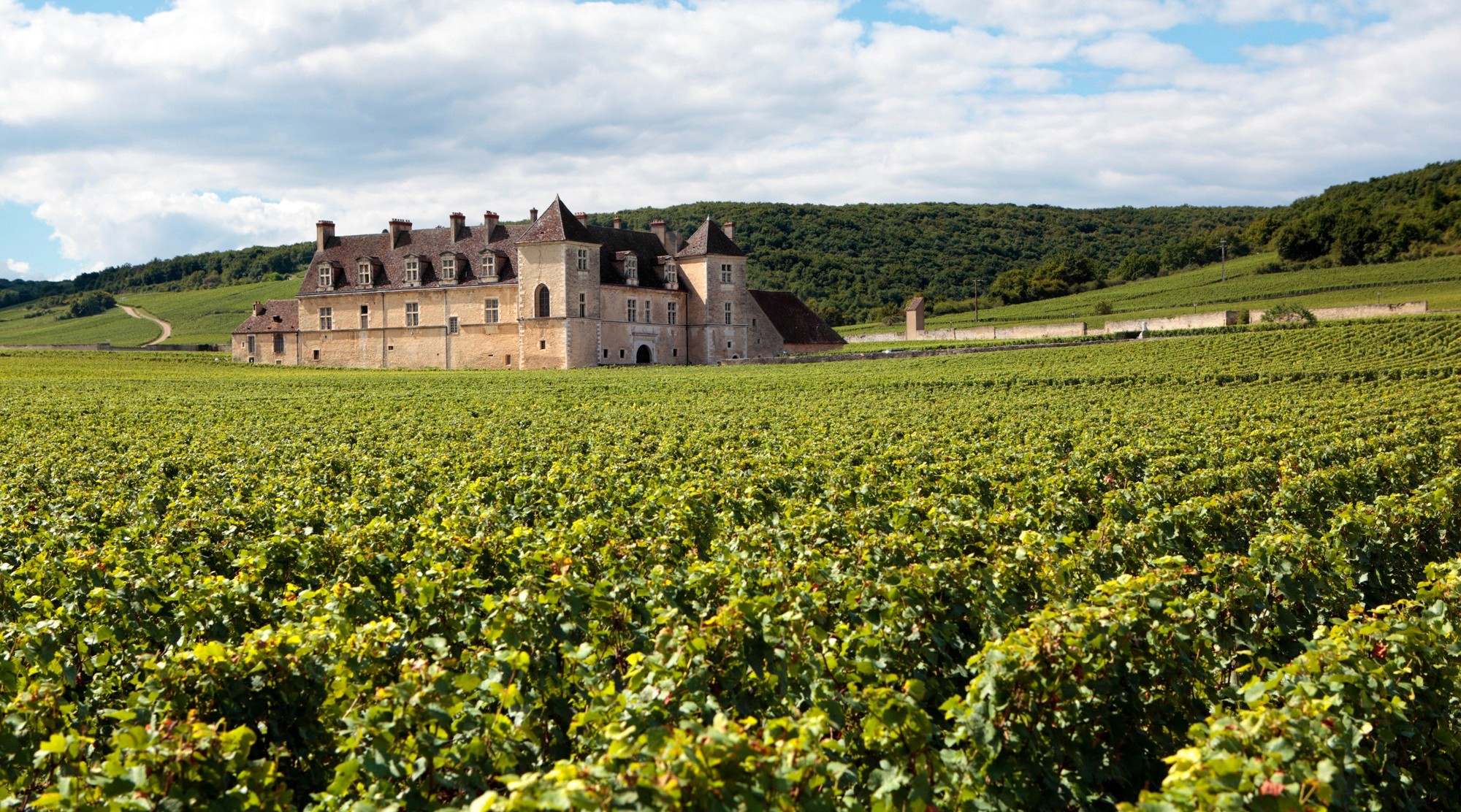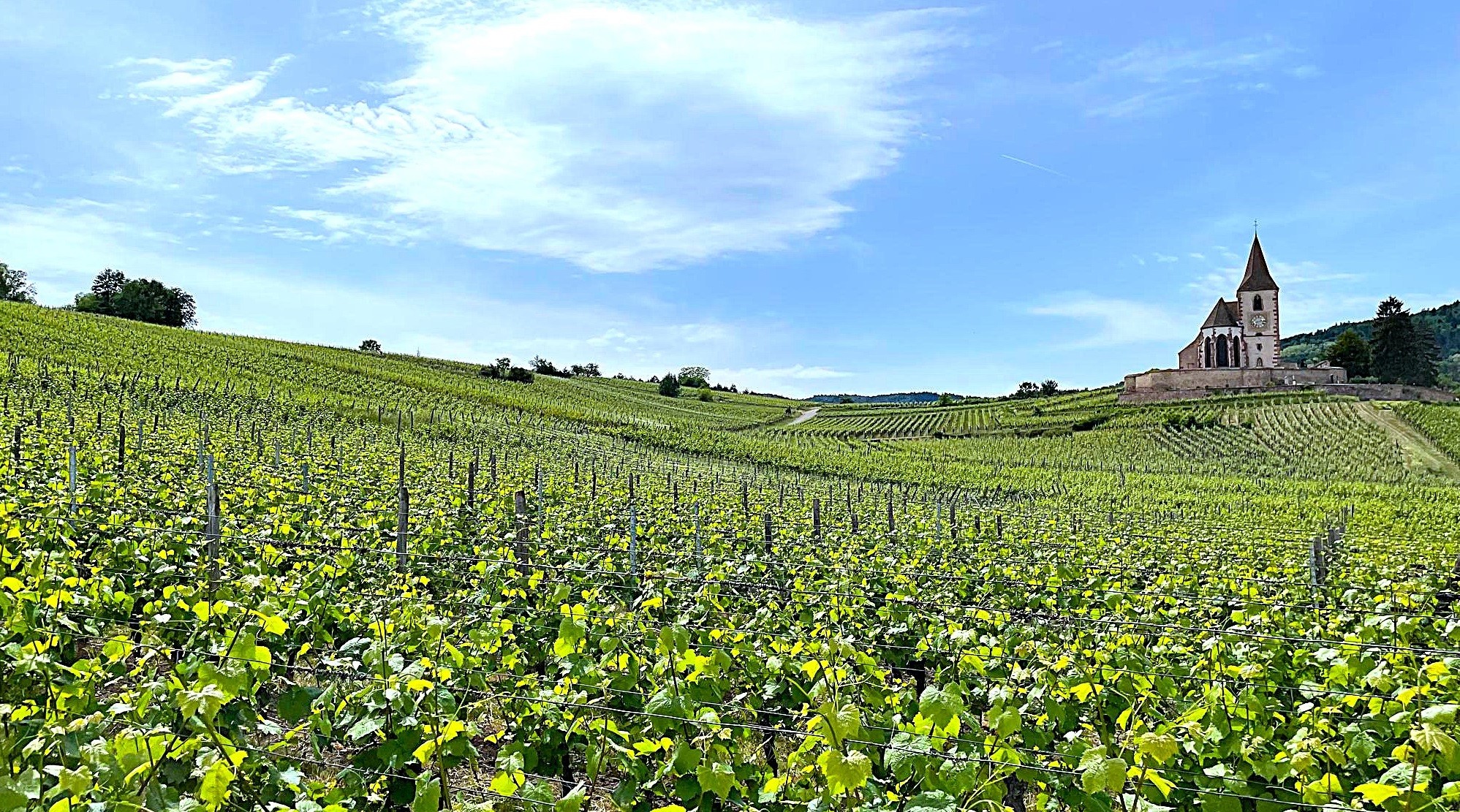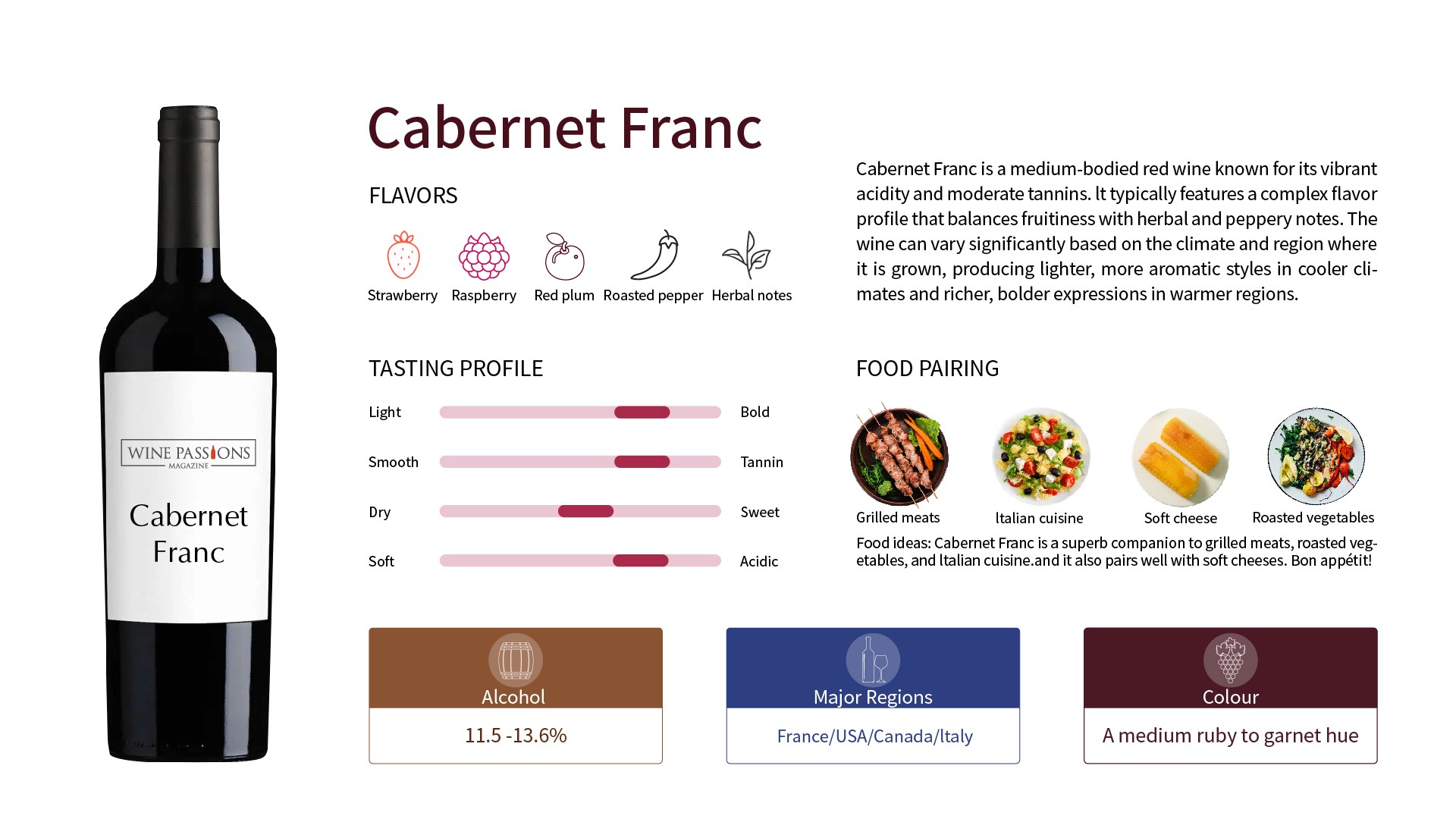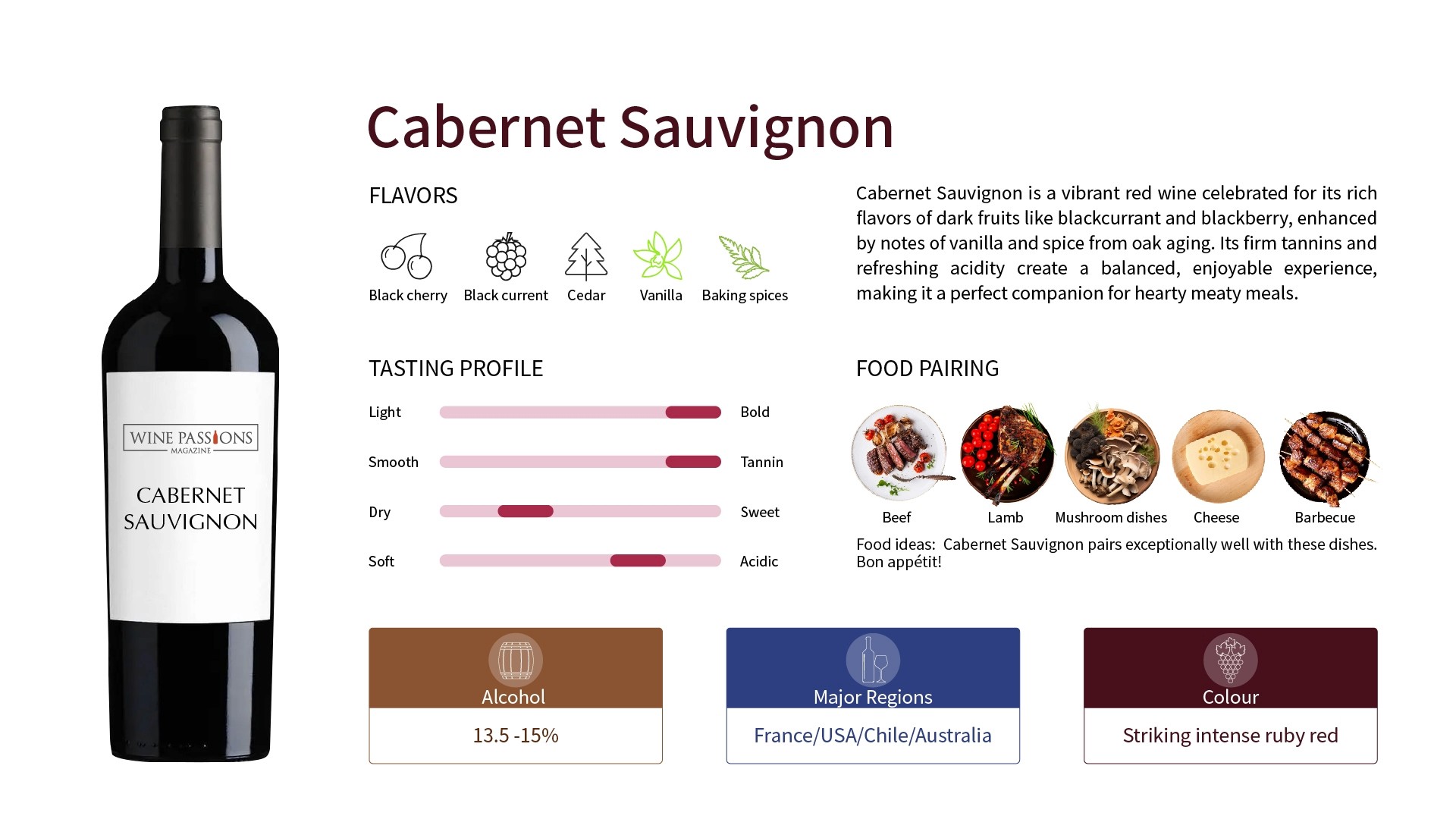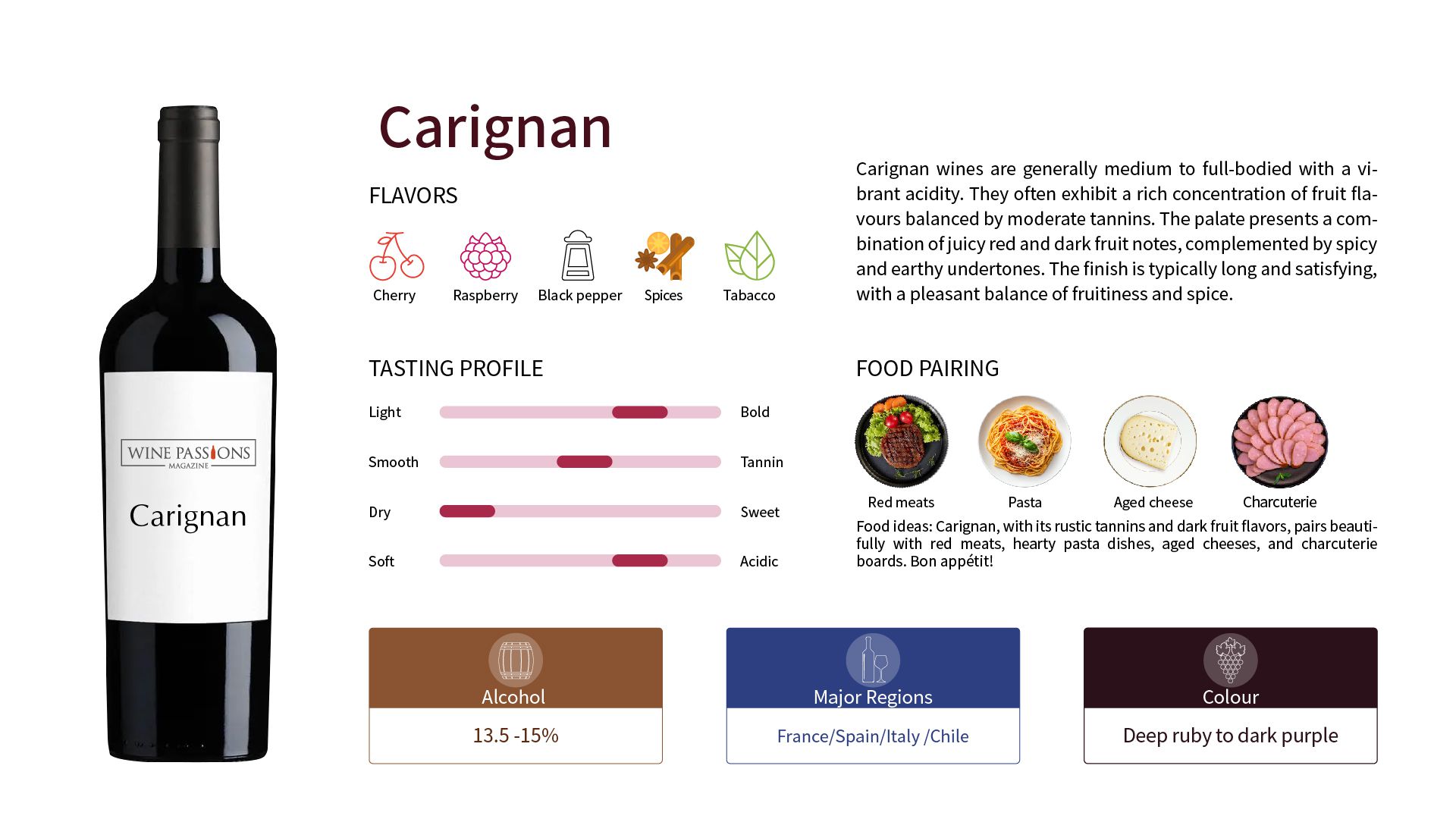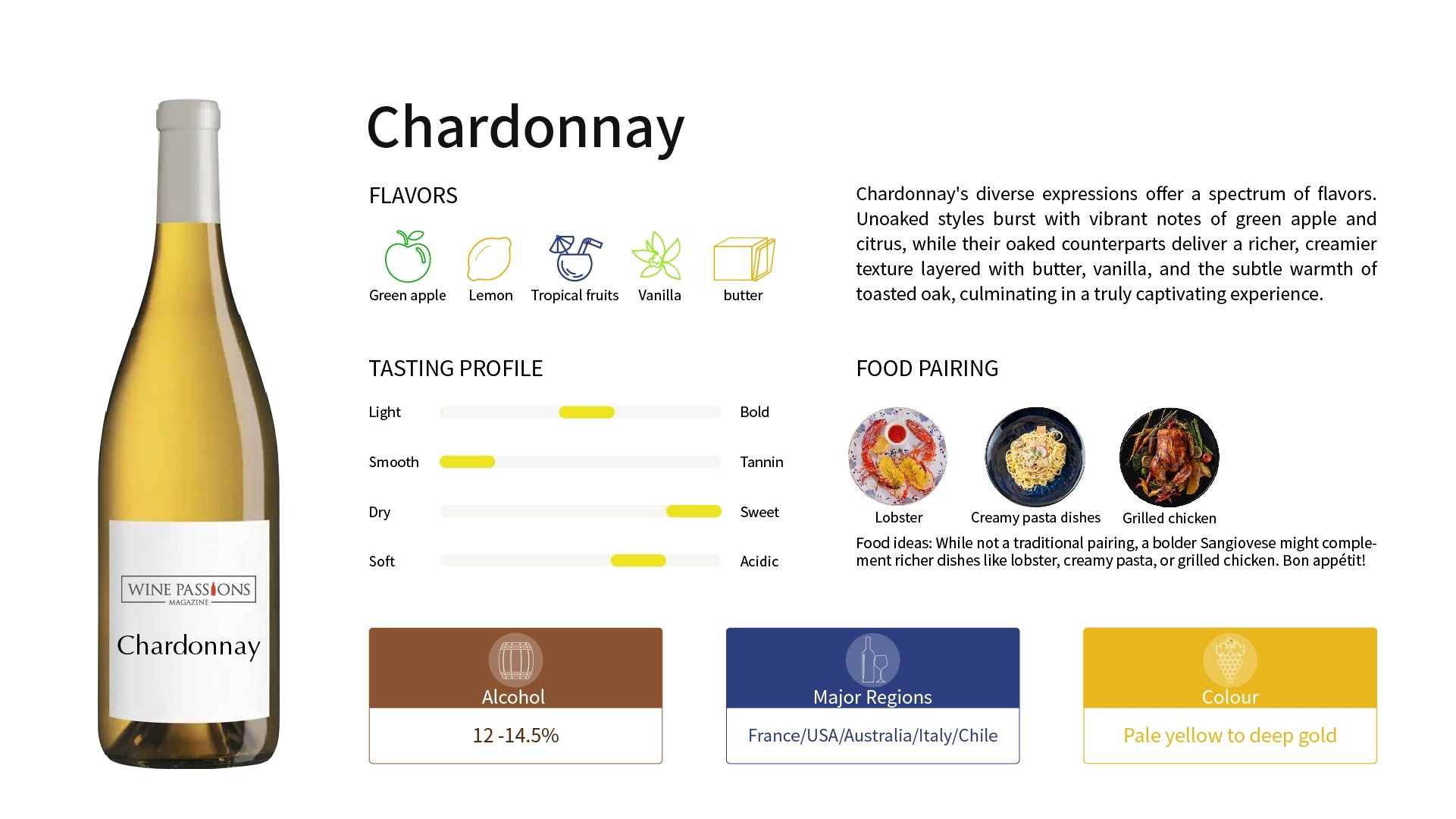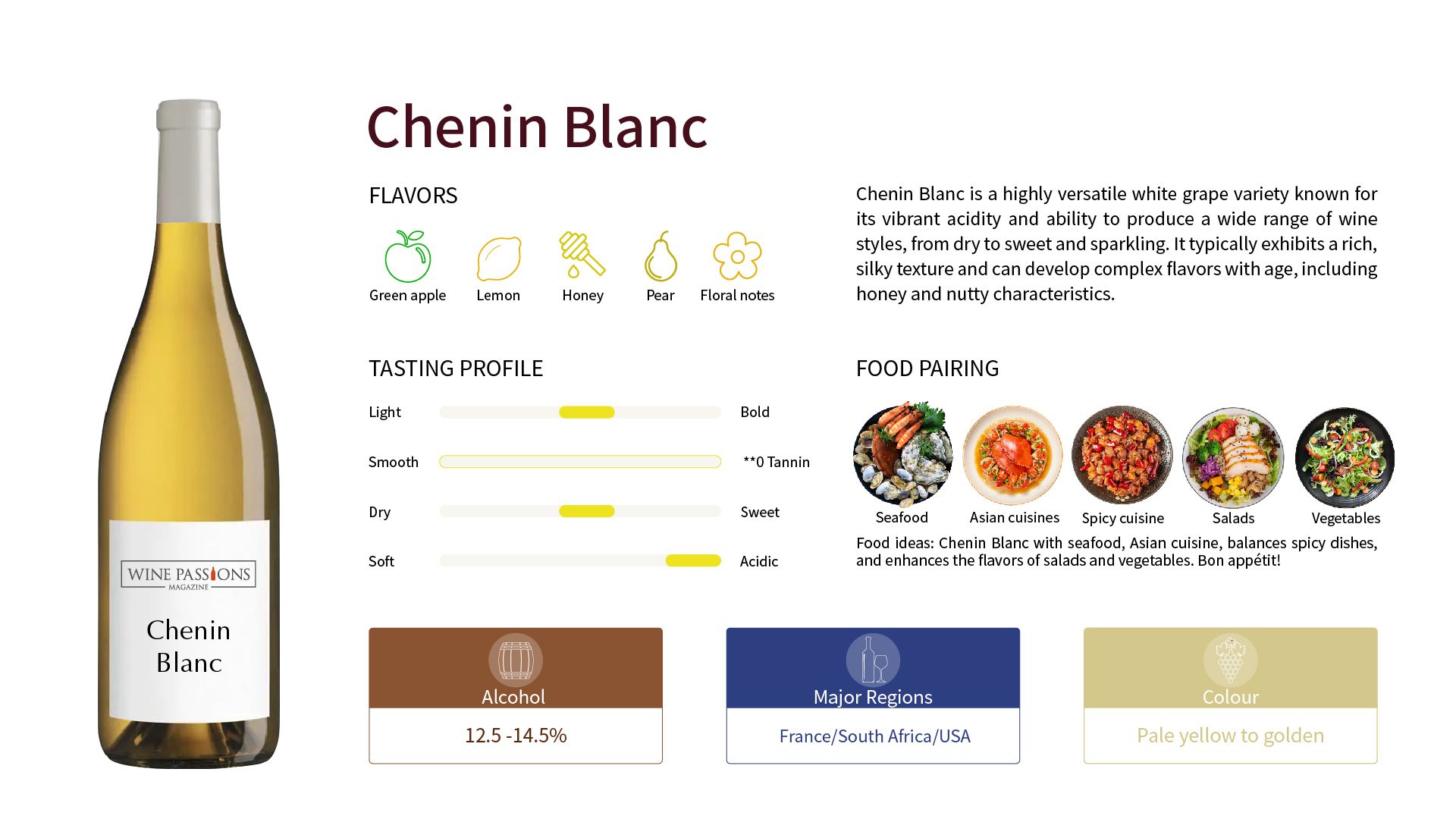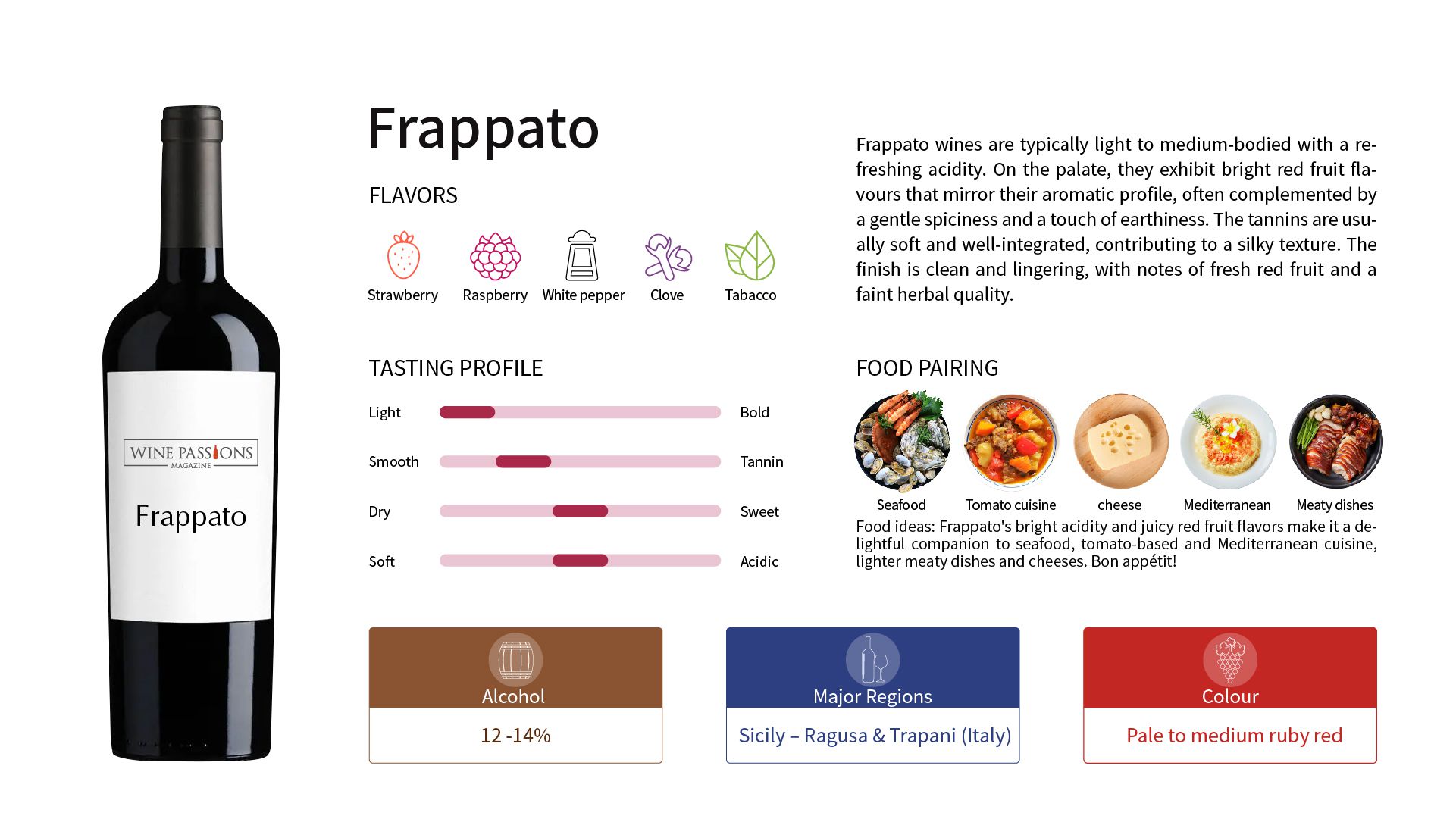Cabernet Franc
Background and Origins
The footprint of Malbec can be traced back to the Cahors region in southern France. Initially, it was the star variety of local vineyards, primarily used to produce rich and structurally complex red wines, well-known as early as the medieval period. However, a disastrous frost in the 19th century gradually diminished the variety's influence in France. Malbec was once an important component of Bordeaux blends, but due to its sensitivity to climate change and pests, its cultivation area has gradually decreased. In contrast, the high-altitude regions of Argentina provide an ideal growing environment, allowing Malbec to flourish here.
In the mid-19th century, this variety was introduced to Argentina by French agronomist Michel Pouget, who established grape cultivation techniques locally. Thanks to the dry climate and fertile soil of the Andes Mountains, Argentine Malbec now boasts softer tannins and rich fruit aromas, making it highly favored in the global market.
Why Malbec is So Popular
Unique Flavor Characteristics: Argentine Malbec is praised for its rich blackberry, plum, and black cherry aromas, as well as its lower acidity. This makes it a top choice for many wine enthusiasts.
High-altitude Cultivation: The Mendoza region of Argentina has altitudes up to 1500 meters (about 5000 feet), which helps maintain the freshness and acidity of the grapes while promoting fruit ripening, making Malbec wines more layered. The large temperature differences between day and night in high-altitude areas allow grapes to absorb plenty of sunlight during the day while staying cool at night, thereby extending the growing season and enhancing the flavor of the grapes.
Historic and Representative: Since the 19th century, Shiraz has become one of Australia's most important red grape varieties. The Barossa Valley is regarded as the spiritual home of Shiraz, with some of the oldest Shiraz vines in the world that produce wines of great concentration and depth. Additionally, other regions such as McLaren Vale, Hunter Valley, and Clare Valley are also famous for their uniquely styled Shiraz.
Cultural and Culinary Pairing: Malbec is closely tied to Argentine culture and is an important part of the local food culture. It is often paired with local cuisine, such as barbecue (Asado) and other meat dishes, making it more popular in social settings. In Argentina, enjoying a fine bottle of Malbec while sharing food with family and friends has become a way of life.
International Recognition and Market Demand: Argentine Malbec has become a hot-selling product in the international market. Many wineries focus on producing high-quality Malbec to meet the growing consumer demand for such wines. According to market research reports, the popularity of Malbec in the U.S. and other countries continues to rise, especially in restaurants and bars.
Moreover, with increasing consumer awareness of healthy eating and sustainable products, many wineries have begun adopting organic and sustainable methods to produce Malbec, further attracting environmentally conscious consumers.
Tasting Characteristics of Malbec
Malbec typically has the following tasting characteristics:
Fruity Aromas: Mainly includes deep fruit flavors such as black cherry, plum, and blackberry.
Spices and Chocolate: Cocoa, vanilla, and smoky aromas add complexity to the wine.
Texture: Generally medium to full-bodied, with soft tannins, suitable for immediate drinking or aging.
Main Production Areas of Malbec
Argentina: Mendoza is the most important Malbec production area in the world, known for its high altitude and dry climate. Salta has some of the highest vineyards globally, famous for producing structurally firm and richly flavored Malbec. San Juan is also an important production area, renowned for its fruit-forward Malbec.
France: Cahors is known as the "home of black wine," producing Malbec with deep color, solid structure, and aging potential. Although Malbec is primarily used as a blending grape in Bordeaux, high-quality Malbec wines can still be found there.
USA: Some regions in California, like Napa Valley, have also started producing high-quality Malbec.
Chile: Regions such as Maule Valley also have Malbec cultivation, but it is relatively less common compared to Argentina.
Famous Malbec Red Wine
Catena Zapata Malbec Argentino/Alamos Malbec/Bodega Norton Reserva Malbec/El Enemigo Malbec (Argentina)
Château de Chambert Cahors Malbec/Georges Vigouroux Cahors Malbec (France)
Handling Tasting Method
Tasting Temperature: 15-20°C
Tasting Glass: universal glass
Decanting Time: 30 minutes
Aging Potential: 5-10 years
Food Pairing
Red Meats: such as steak, lamb chops, etc., can balance the fattiness of the meat.
Grilled Dishes: such as traditional Argentine barbecue (Asado), complement the Malbec perfectly.
Rich Sauce Dishes: such as red wine-braised beef, Italian risotto, and game dishes, all pair wonderfully with Malbec.
Blue Cheese
